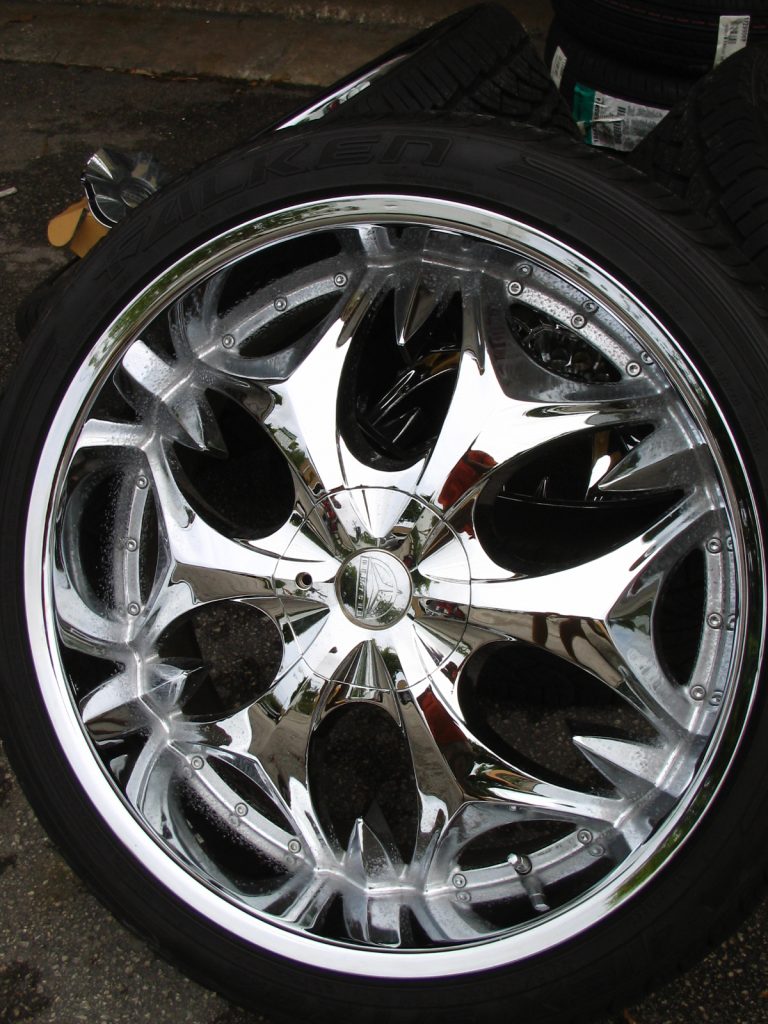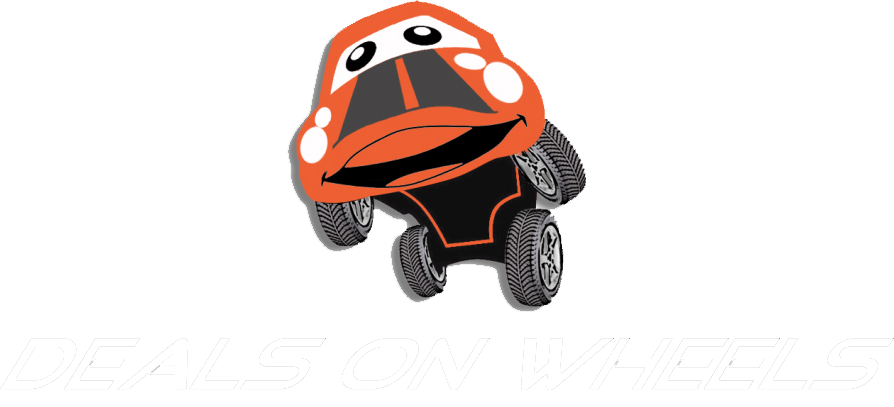- About
- Tires
- Oil Change
- Truck Roadside Assistance
- 24/7 Commercial Roadside Assistance for Trucking in Boca Raton, FL
- 24/7 Commercial Roadside Assistance for Trucking in Delray Beach, FL
- 24/7 Commercial Roadside Assistance for Trucking in Greenacres, FL
- 24/7 Commercial Roadside Assistance for Trucking in Jupiter, FL
- 24/7 Commercial Roadside Assistance for Trucking in Lake Worth, FL
- 24/7 Commercial Roadside Assistance for Trucking in Lantana, FL
- 24/7 Commercial Roadside Assistance for Trucking in Loxahatchee, FL
- 24/7 Commercial Roadside Assistance for Trucking in Palm Beach Gardens, FL
- 24/7 Commercial Roadside Assistance for Trucking in Palm Beach, FL
- 24/7 Commercial Roadside Assistance for Trucking in Riviera Beach, FL
- 24/7 Commercial Roadside Assistance for Trucking in Royal Palm Beach, FL
- 24/7 Commercial Roadside Assistance for Trucking in Wellington, FL
- 24/7 Commercial Roadside Assistance for Trucking in West Palm Beach, FL
- Semi Truck Services
- Maintenance Guides
- Auto Repair
- Find the Best Mechanic Near Me in West Palm Beach, FL
- West Palm beach Car A/C Repair
- West Palm Beach Car & Truck Radiator Repair
- West Palm Beach Car & Truck Electrical System Repair
- West Palm Beach Car & Truck Front End Services
- West Palm Beach Car & Truck Filter Replacement Services
- West Palm Beach Engine Maintenance Services
- West Palm Beach Car & Truck Spark Plug Replacement Services
- West Palm Beach Steering Repair
- West Palm Beach Car & Truck Transmission Repair Services
- West Palm Beach Car & Truck Suspension Repair Services
- Expert Tire Alignment Near Me in West Palm Beach, FL
- Trailer Repair


How to select the right tire size for your vehicle
Tire sizes can be confusing. Even some mechanics don’t know exactly what those numbers on the side of the tire mean. In tire sizes, you can find 14, 16, 16.5, 17, 18, 19.5, 20, 22, 22.5, 33, and 35 inch tires. It’s difficult to decide what size will work best for your vehicle and there can be many factors to consider.
You should think about how you will be using your vehicle and how much highway driving you will be doing. Take into consideration how much you are comfortable paying and the age of your car as well. If you’re still not sure what to buy, then ask a friendly tire buying technician at Deals on Wheels to recommend several types and brands. Below, we give you a brief rundown of exactly what those numbers on the side on your tire mean.
What do Those Tire Size Numbers Mean?
Most tire sizes begin with a letter that identifies the type of vehicle the tire was designed to be used on. In this series, P225/50R16 91S, the “P” stands “P-metric” and indicates that the tire should primarily be used on passenger vehicles. The letter “T” stands for “Temporary Spare” and should only be used temporarily till the flat can be repaired.
Where the letters begin with LT, this means that the tire is a “Light Truck-metric” size designed to be used on cargo vehicles. This includes medium and heavy-duty trucks, vans, and SUV’s. If the number ends with a “C,” this is a “Commercial” tire for use on vans and delivery trucks. An “ST,” means the tire is a “Special Trailer Service” size and these are made for utility trailers and should never be used on cars and trucks.
Tire Sizes – Section Width
Those numbers that follow the letter(s) identify the tire’s “Section Width” in millimeters. In the following: P225/50R16 91S, the 225 means that the tire is 225 millimeters wide. This measurement is taken from the widest point of the outer sidewall to the widest point of the inner sidewall.
Usually the two digits that follow the width identify the tire’s profile or aspect ratio. In the above number, 50 means that the tire’s sidewall height is 50% of its section width. The higher the number, the taller the sidewall and vice versa. The “R” identifies the tire as being of “Radial” construction. Radial tires have become popular because of their durability.
Tire Size Speed Rating
Some tires include the speed rating within the tire size, such as P225/50ZR16. Here, the manufacturer is letting you know this is a Z-speed rated tire. In the example, P225/50R16 91S, the “16” indicates the tire and wheel diameter intended to be used together. Tires that have a rim diameter given in inches, for example 8, 10, 12, 13, 14, 15, 17, 18, 19, 20, 22, 23, 24, 26 and 28 are known as “inch rim” sizes. These are the most common types of tire sizes used today.
Tire Size Service Description
In our example, P225/50R16 91S, the “91S” is the tire’s Service Description, which identifies the tire’s Speed Rating and Load Index. This information is required on all speed rated tires manufactured since 1991.
Still Not Sure?
At Deals on Wheels, we give you a wide array of quality tires to choose from, both new and used. Take advantage of our Special Combo Prices on wheel and tires packages. All installation services are included in one low price and you can count on personal service from a business you can trust.

